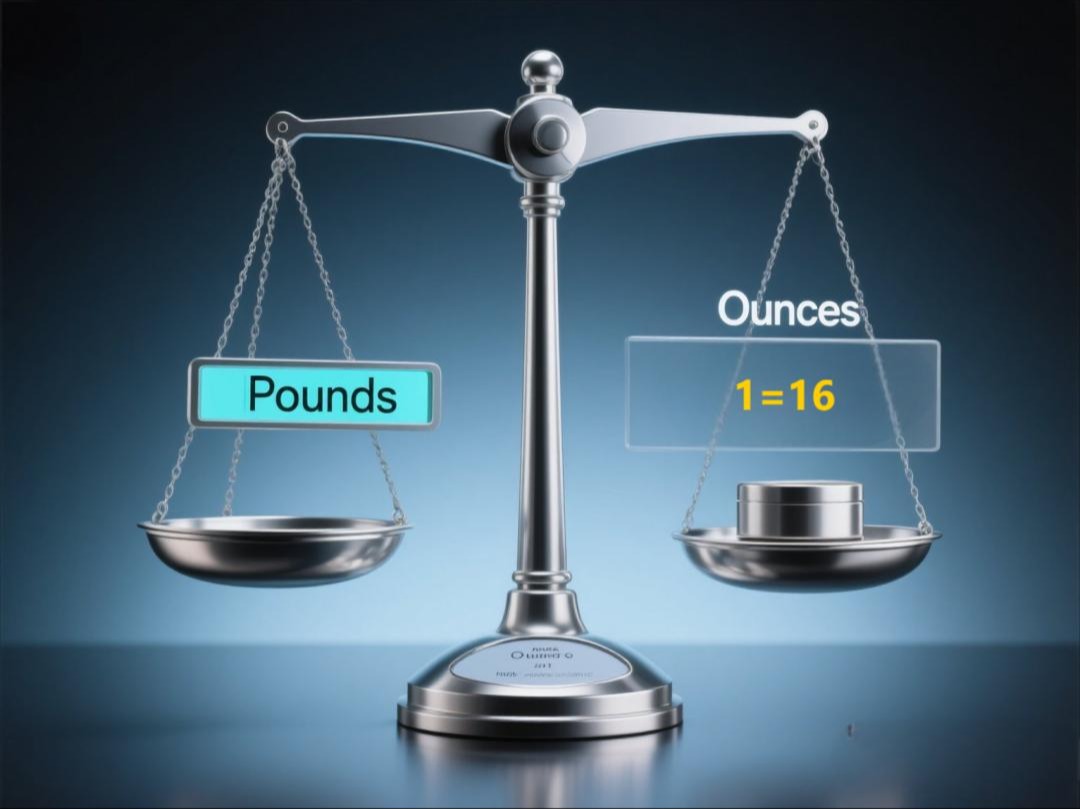Do long runs burn muscle? The short answer is: not necessarily. While marathon training or logging serious mileage can raise concerns about muscle loss, the reality is more nuanced. Your body's response to endurance running depends on factors like nutrition, training history, and workout intensity. When fueled properly, your muscles can actually become more resilient—not disappear.
The Science Behind Muscle Preservation During Running
Your body is smarter than you might think. During aerobic activities like running, it primarily taps into glycogen (stored carbs) and fat for energy. Protein breakdown—the process that could lead to muscle loss—only becomes significant under extreme conditions like prolonged fasting or severe calorie deficits. Research shows that moderate endurance exercise, even at longer distances, doesn’t automatically trigger muscle wasting as long as you’re eating enough protein and overall calories. In fact, distance running can stimulate muscle adaptations that improve endurance and metabolic efficiency.
When Does Muscle Loss Become a Risk?
There are scenarios where long runs could contribute to muscle breakdown. If you're consistently running in a fasted state (like first thing in the morning without eating), not consuming enough protein, or overtraining without proper recovery, your body might start breaking down muscle tissue for fuel. Another red flag? Feeling constantly fatigued, weak, or noticing a drop in strength despite regular training. These are signs your body isn’t getting what it needs to maintain muscle mass.
How to Fuel for Muscle Retention
Nutrition is your secret weapon. Prioritizing protein intake (around 0.7–1 gram per pound of body weight daily) helps repair and maintain muscle. Carbs are equally important—they replenish glycogen stores so your body doesn’t resort to protein for energy. A balanced post-run meal with both protein and carbs (think: grilled chicken with sweet potatoes or a protein smoothie with banana) supports recovery. And don’t skimp on healthy fats—they provide long-lasting energy and help with hormone production, which plays a role in muscle maintenance.
Strength Training: The Unsung Hero for Runners
If you’re serious about keeping muscle while running, lifting weights is non-negotiable. Strength training 2–3 times per week helps preserve (and even build) muscle by signaling to your body that those fibers are needed. Focus on compound movements like squats, deadlifts, and lunges—they engage multiple muscle groups and improve running economy. Plus, stronger muscles mean better injury prevention, so you can keep clocking those miles without setbacks.
Listen to Your Body—It’s Smarter Than Any Fitness Myth
At the end of the day, muscle loss from running isn’t inevitable—it’s about balance. If you’re eating enough, recovering well, and incorporating strength work, your body will adapt in a way that supports both endurance and muscle retention. Pay attention to energy levels, performance trends, and how you feel overall. If something feels off, it’s worth reassessing your routine rather than pushing through blindly. Running should make you feel strong, not depleted.
So lace up those sneakers and hit the pavement with confidence. With the right approach, long runs can be part of a fitness regimen that keeps you lean, strong, and energized—not deflated or weaker. The key is treating your body like the high-performance machine it is, giving it the fuel and care it deserves.
























